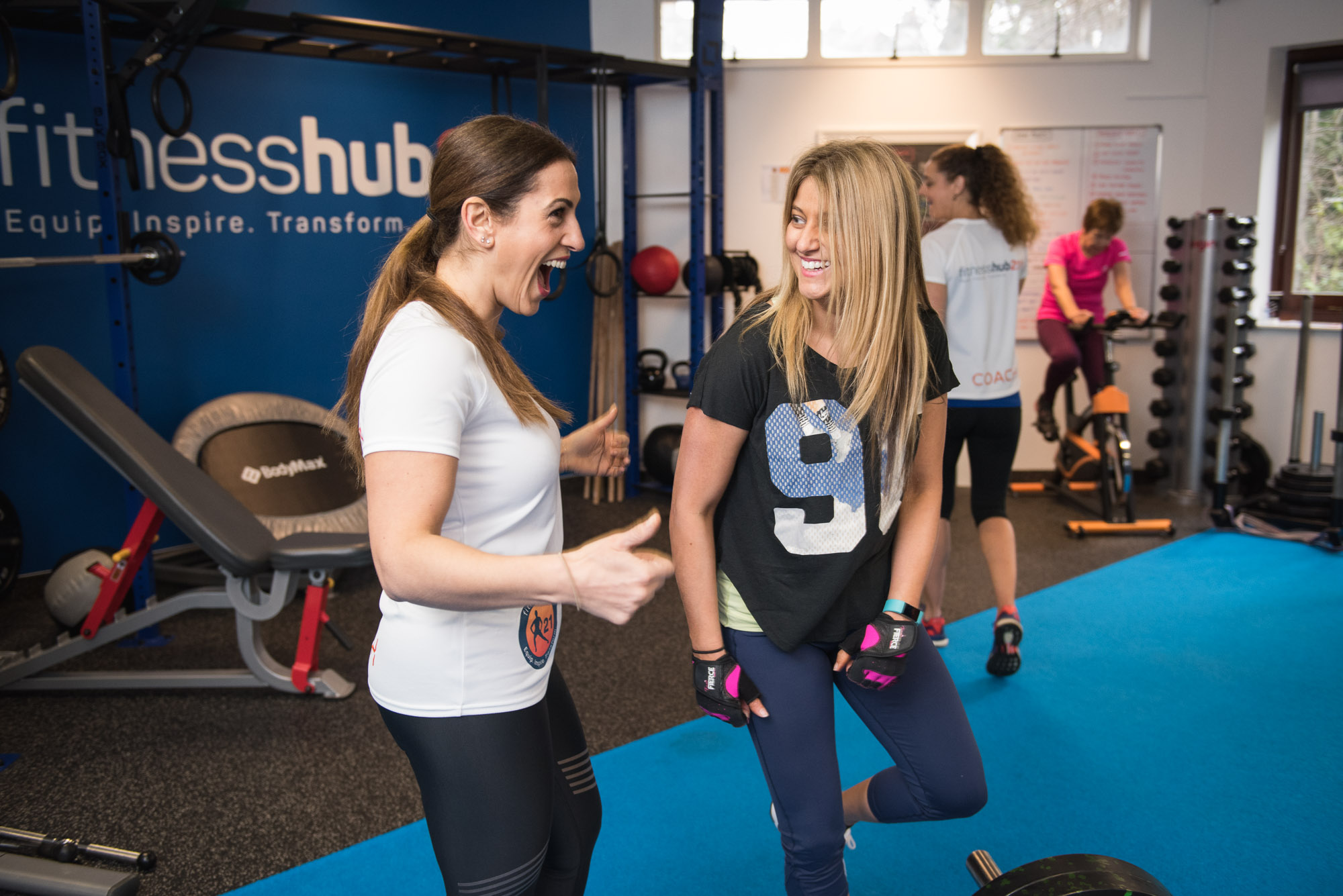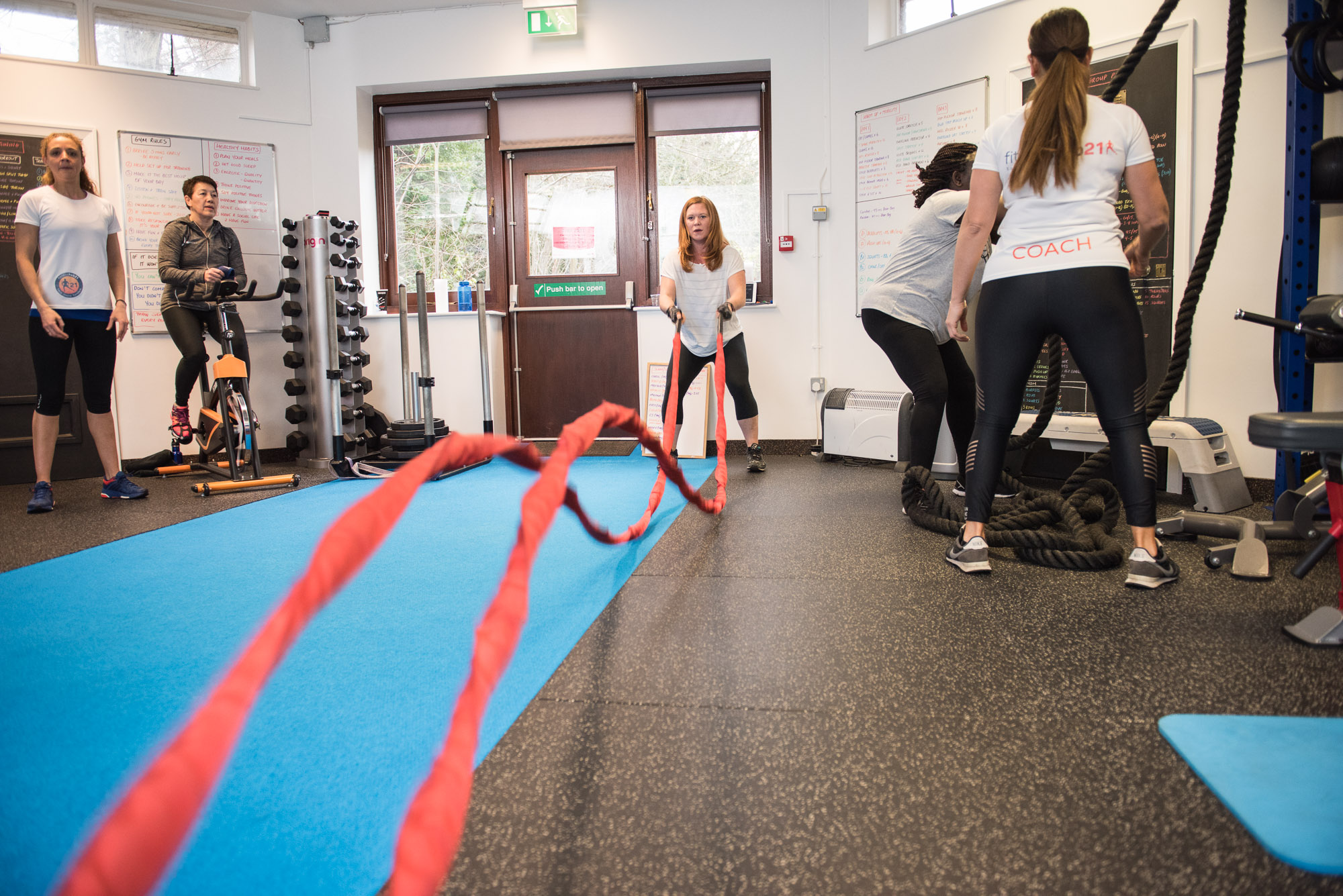

I never got along too well with sports psychology at university because it made me analyse my own behaviour in sport, and that made me feel uncomfortable. There’s also too many theories that all blend in to one in my head and create a LOT of referencing! But that’s not the point of this blog..
Despite my dislike of writing essays on the subject, the effects that psychological interventions can have on performance in sport and exercise are undeniably impressive. I was reminded of this today while trying to talk myself into getting ready for my long run. My route was to be a slightly longer version of the one I had done the week before, in which the last mile had been a real struggle.
I realised I had been replaying that last mile over and over in my head each time I thought about my upcoming run. You don’t need to be a sport psychologist to realise that that is probably not helpful. I replaced this image with one of me completing that section effortlessly (which wasn’t hard to conjure up as it happens to be in the local park which I’ve run countless times). Out the door I went with my new-found confidence. Great!
While running I reflected on this negative imagery, and how detrimental it can be to performance or motivation. As a kid I was pretty good at rugby – I was useless at communication off the pitch as I was ridiculously shy, but on the pitch I had confidence. As I got a little older I lost a lot of this confidence for some reason, which affected my performance as I doubted myself a lot, which then further affected my confidence. A little cycle which I never really managed to break out of. I’m still pretty sour about it as I missed out on some big opportunities – note why sport psychology makes me so uncomfortable!
Looking back on this and applying my knowledge of imagery, I can see why things went so wrong. I vividly remember that each and every kick-off, I would visualise me dropping the ball and letting the team down. I stood as far to the side as I possibly could to reduce the chance of being nearest to the ball. Each time it went to a teammate, I breathed a sigh of relief. Until the next kick-off. Same with tackling – I saw myself missing the tackle, or them breaking through my arms. So, I backed out of them. I just couldn’t get myself to commit to them.
I wish I had the knowledge that I do now, then. I often wonder how far I would have got, had I not unknowingly been compromising my own performance. I can’t change my previous mistakes, but I CAN and DO utilise positive imagery now, just like this morning!
Have a think about a skill that you have been trying to master, such as a push up. Do you visualise yourself pushing yourself back up from the ground, or do you see yourself collapsing in a heap? Have you ever thought about it? You may be unintentionally preventing yourself from unlocking that skill! What do you see when you picture yourself squatting an extra 5kg? Can you create an image of you breezing through the reps with good technique? Have a play around with this technique and you may just surprise yourself with what you are capable of.









